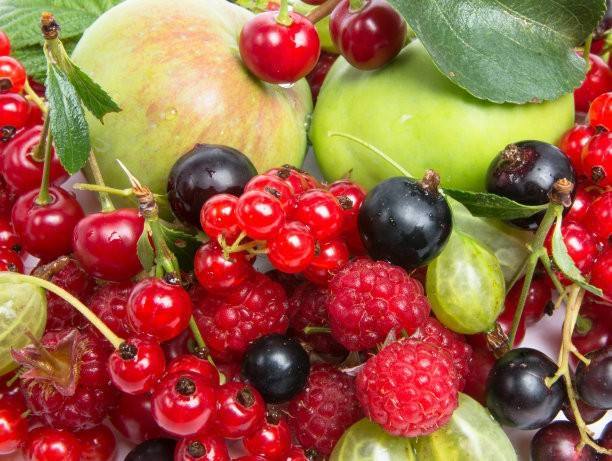Welcome to Jiangxi New Reyphon Biochemical Co., Ltd!
Service Hotline:0796-2676038 中文版 · ENGLISH
Citrus flower preservation fruit preservation, brassinoid or gibberellic acid?
Release time:
2022-04-24
Preservation of flowers and fruits is an important part of citrus cultivation, which largely determines the yield and income of this year. While brassinoid andgibberellic acid(920) are two commonly used regulators for citrus flower preservation and fruit preservation Z, with some growers trusting brassinoin and others accustomed to using gibberellic acid.
So what kind of flower and fruit preservation effect is good? What are the respective characteristics of the two? Can they be used together? Let's talk about this topic today.
Brassinoid is called the sixth largest plant endogenous hormone in the world, which can fully stimulate the inherent potential of plants, comprehensively regulate and promote the growth of plants, and give full play to the growth advantages. The principle of fruit preservation is to coordinate the balance of endogenous hormones in the tree body, strengthen the transformation and absorption of nutrients in the plant, so as to meet the demand for nutrients in fruit development and reduce flower and fruit drop.
Application of brassinoid in citrus flower and fruit preservation:
1, in the bud stage, natural brassinolide phosphorus, boron, zinc foliar fertilizer, can improve pollen vitality and fruit setting rate, to ensure the number of early young fruit.
2, in the face of natural factors that are not conducive to fruit setting, such as drought, waterlogging, late spring cold, etc., leaf spray natural brassinoamino acid foliar fertilizer, can improve the plant resistance, reduce the harm caused by adverse factors, and achieve fruit.
3, for the fruit drop is not serious citrus varieties (such as spring see), generally in the physiological fruit drop period with natural brassinyl phosphorus, potassium foliar fertilizer to protect the fruit. If gibberellic acid is used to protect the fruit, it will cause the peel to become coarse and affect the quality.

4. When the flowers are too many and too weak, spraying natural brassinolide phosphorus and boron fertilizer on the leaves after 2/3 of the flowers can improve the quality of the flowers.
Gibberellic acid is a plant hormone that promotes growth. High abscisic acid content in fruit setting period will induce delamination and cause fruit drop. The fruit-keeping principle of gibberellic acid is to inhibit the formation of abscisic acid and improve the ability of young fruit to transport nutrients, thus reducing fruit drop.
Application of Gibberellic Acid in Citrus Flower and Fruit Preservation:
It is mainly used for fruit preservation of fruit-dropping varieties, such as Mai Shirai fire, navel orange, sugar orange, satsuma mandarin, seedless mandarin, etc.
1. After 2/3 of the flowers are withered, use gibberellic acid brassinophosphorus and boron foliar fertilizer to protect the fruit.
2. After 15 days of flowering, gibberellic acid brassinoid is high potassium foliar fertilizer and stable fruit.
Gibberellin Application Note:
☆ When the spring shoots are not ripe, it will increase the tender leaves, aggravate the contradiction between shoots and fruits, and cause more fruits to fall.
☆ Excessive use of gibberellic acid or high concentration can easily lead to adverse effects such as leaf curling, leaf thinning and slow turning green, pericarp thickening and thickening, no slag, quality decline, and high germination of summer shoots.
Summary
1, brassinoid through the balance of tree hormones, promote nutrient absorption and transformation of flowers and fruit, with strong flowers, fruit, stress and other multiple effects, weak flowers, fruit drop is not serious varieties recommend use brassinoid fruit.
2. Gibberellin is mainly used for fruit preservation of easy-to-drop varieties by inhibiting fruit stalk shedding, but pay attention to the frequency and concentration of use. There is a regulator concentration benefit, different tree species, different regions use concentration is different.
3, the two can be used together, brassinoid can reduce the risk of thick peel and quality decline caused by gibberellic acid alone.
Related news
Jiangxi Xinruifeng Biochemical Co., Ltd.
Address: In Salt Chemical Industry City, Xingan County, Ji'an City
Jiangxi Province
Contact number:0086-0796-2676028
RM:Chen Hongxia (Amy)
E-mail:wantyan@reyphon.com
Tel: 18172879783

No public

Douyin

Kuaishou




